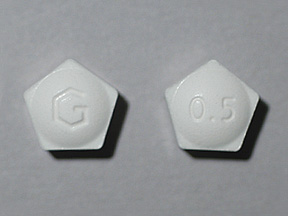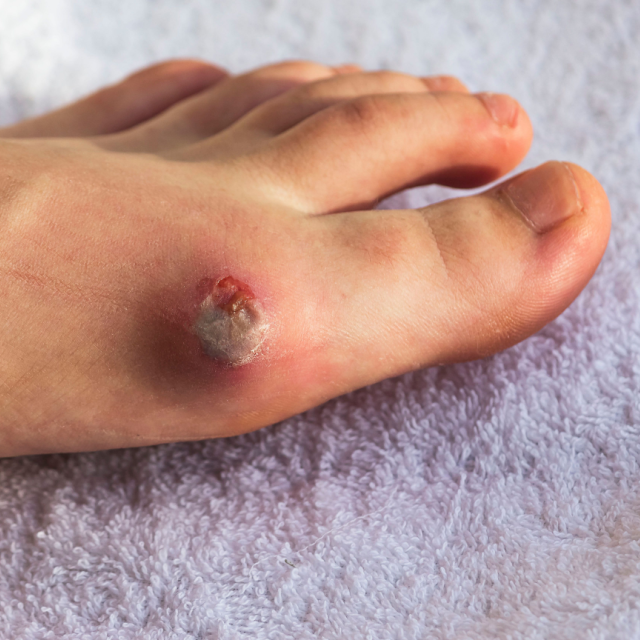Which is true about antibiotic prescribing to reduce the risk of antimicrobial resistance development?

|
Most patients with asymptomatic bacteriuria should be treated with antibiotics to reduce risk of developing resistant E coli.
|
|
Community-acquired pneumonia should be treated with antibiotics for a minimum of 21 days before considering discontinuation.
|
|
Non-purulent uncomplicated cellulitis should be treated for a minimum of 5 days.
|
|
Uncomplicated acute cystitis should be treated for a minimum of 14 days of antibiotics.
|
|
Group A beta-hemolytic strep treated for less than 21 days is considered “partially treated” and risks transformation into resistant organisms.
|
Can you identify this pill?

|
lorazepam
|
|
alprazolam
|
|
cyclobenzaprine
|
|
ropinirole
|
(PubMed)—A 35-yo man w/ hx of Evans syndrome secondary to antiphospholipid syndrome presented w/ jaundice and SOB. Prior to presentation, his condition had been well controlled w/ cyclosporine 200 mg/day. Two months earlier he had been diagnosed w/ restrictive lung dz, which was treated w/ a steroid. To counteract steroid-related weight gain, the pt was prescribed orlistat, which he took at the same time as his cyclosporine. Other meds: warfarin. Labs—Hgb 9.3 g/dL, platelets 4 x109/L, INR 3.4, and positive direct Coombs tests—indicated a relapse of Evans syndrome.
What drug interaction could have led to the relapse?
What drug interaction could have led to the relapse?

|
warfarin and cyclosporine
|
|
cyclosporine and orlistat
|
|
orlistat and steroids
|
|
orlistat and warfarin
|
Which of these are NOT recommended for treating/managing diabetic foot infections (DFIs)?

|
Use of adjunctive therapies (e.g., G-CSF, topical antiseptics, silver, honey, bacteriophages, topical antibiotics, hyperbaric oxygen) are recommended to promote healing.
|
|
Avoid antibiotics in the absence of signs or symptoms of infection in diabetic foot ulcers.
|
|
In patients with DFI-associated osteomyelitis and amputation with positive bone margins, antibiotics are suggested for 3 weeks; for those patients without amputation, 6 weeks are recommended.
|
|
Perform MRI if plain x-rays and probe-to-bone testing are inconclusive for suspected osteomyelitis.
|
|
For DFI involving skin and soft tissue, treatment duration is typically 1–2 weeks (up to 4 weeks if improvement is slow); empiric treatment should focus on gram-positive bacteria, including Staphylococcus aureus.
|
